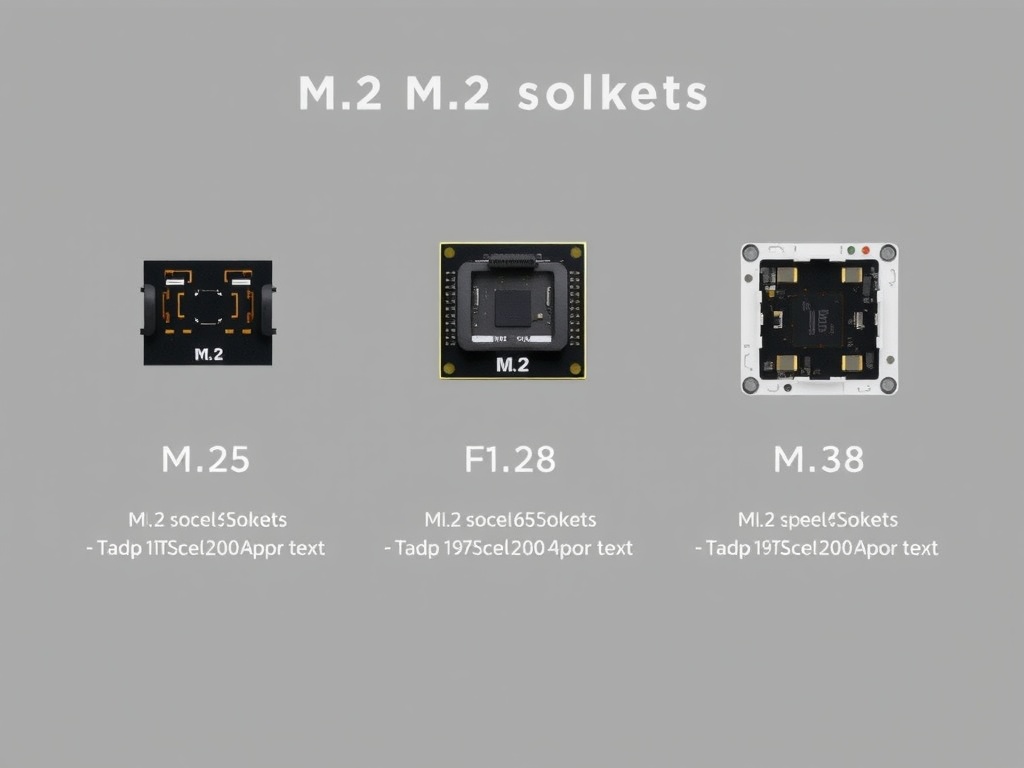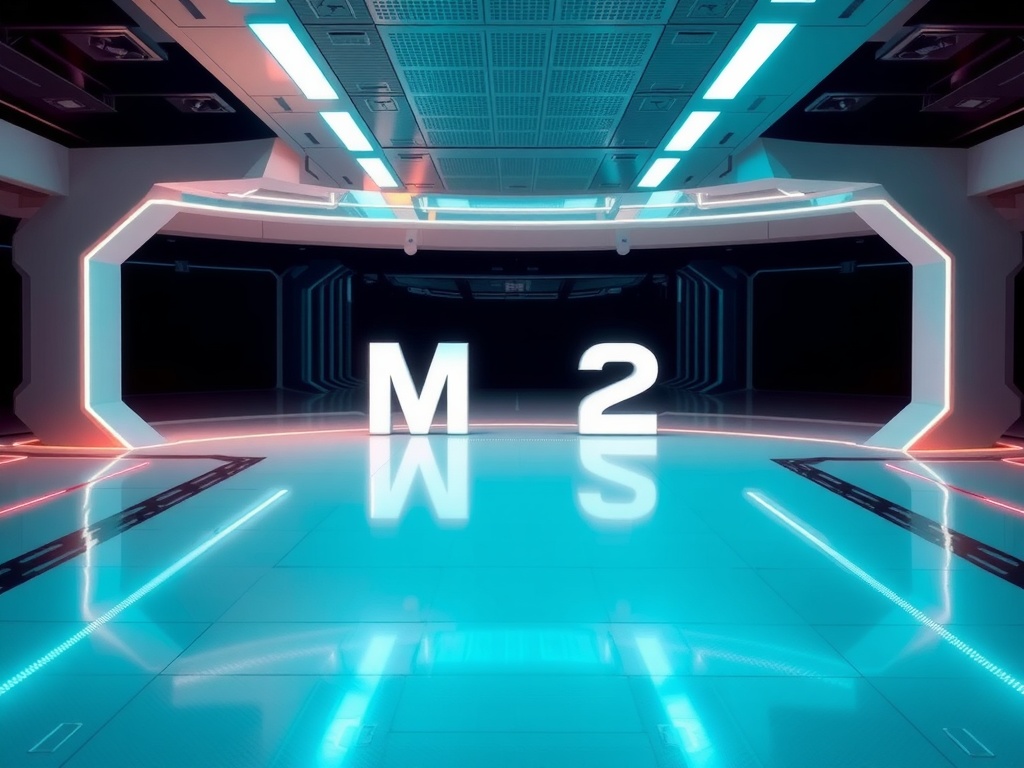Do you want to know everything there is to know about M.2, a connector that has revolutionized storage and performances of modern computers. With three different sockets and a multitude of options, the M.2 offers something for everyone. Whether you're a gamer, an AV professional or a casual user, there's an M.2 choice for you.
Introduction to the M.2 connector
When it comes to modern connectors, the M.2 deserves special attention. In this article, we'll explore everything there is to know about M.2, a connector that offers great flexibility for different types of devices.
M.2 is mainly used for SSDs, but it's not limited to that. It also allows the integration of various expansion cards, from Wi-Fi cards to Bluetooth modules. This connector adapts to a variety of performance and compatibility needs.
There are several types of M.2 sockets, each with its own unique features. Here's an overview of the most common types:
- M.2 SATA :Ideal for SSDs using the SATA protocol.
- M.2 NVMe :Designed for higher performance, utilizing the PCIe bus.
- M.2 key A and E:For Wi-Fi and Bluetooth cards.
Choosing the right M.2 connector depends on your system's needs and what you want to install. By considering these options, you can easily take advantage of everything you know about M.2 to improve your setup.
Common applications for M.2 devices

As part of our exploration, "All about M.2", it's essential to understand the common applications of M.2 devices. These connectors have become very popular in the world of modern computing.
First of all, M.2 SSD hard drives are often used to enhance the performance of laptops and desktops. They offer much faster read and write speeds than traditional hard disks.
Secondly, these devices are also popular in the gaming sector. Gamers choose M.2 SSDs to reduce loading times and enjoy a smoother gaming experience.
Finally, there are M.2 Wi-Fi cards for wireless Internet access. This makes the devices more compact and reduces the space required inside computers.
In short, "All about M.2" includes a variety of applications from SSDs to network cards, making this format highly versatile in the technological field.
The different types of M.2 sockets

In our exploration of everything you need to know about M.2, it's essential to understand the different types of sockets available. Each type of M.2 socket has its own specific characteristics and uses, which can influence your choice when purchasing components for your device.
Here's an overview of the most common M.2 sockets:
- M.25 :Designed for specific applications, this M.2 socket is ideal for expansion cards.
- F1.28 :This socket allows the connection of various modules, providing flexibility and compatibility with multiple devices.
- M.38 :This socket is often used in systems that require fast and efficient connections.
In summary, knowing the different types of M.2 sockets is crucial to better understand how knowing everything about M.2 can help you optimize your technology choices.
Comparison of M.2 transfer protocols
When it comes toAll about the M.2It's essential to understand the different transfer protocols available. Each has its own characteristics and benefits.
PCIe :This protocol is often the fastest. It offers high throughput and very low latency. Ideal for users who require optimal performance.
SATA :Although older, SATA remains common. It's generally slower than PCIe, but it's still used for many devices. Its cost is often lower, making it attractive for everyday use.
NVMe :This protocol is designed specifically to take advantage of SSD capabilities. It often outperforms SATA in terms of speed and efficiency. It's an excellent choice for gamers and professionals who deal with large volumes of data. large files.
In short, when exploring M.2 connector options, remember that each protocol has its own specificities. ForAll about the M.2, so it is important to choose the right one based on your specific needs.
Future and developments of the M.2

In the world of storage, M.2 has established itself as an essential element. To know everything there is to know about M.2, it's essential to understand its evolution and future innovations. This versatile connector will continue to evolve to meet the growing needs of users.
M.2 is already present in many devices, including laptops and desktop PCs. In the future, we're likely to see an increase in the storage capacity of M.2 modules. This will make it possible to accommodate ever heavier data without sacrificing speed.
At the same time, the PCIe 5.0 standard is making its debut. This new version promises even higher speeds, making data transfers faster than ever. To learn everything there is to know about M.2, it's crucial to stay informed about these technological advancements.
Manufacturers are also working on improving the thermal dissipation of M.2 modules. Better heat management will contribute to optimized overall performance. Users will be able to enjoy a smoother experience, whether gaming or processing large amounts of data.
Finally, interoperability between different types of M.2 connectors could be enhanced. This will encourage more consumers to opt for this technology. In short, the future of M.2 looks promising and rich in possibilities. To find out all about M.2, stay tuned for the latest trends and innovations.
